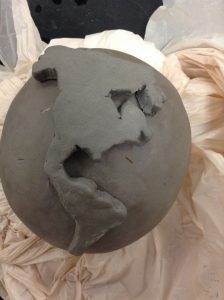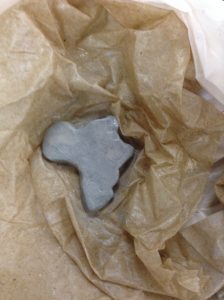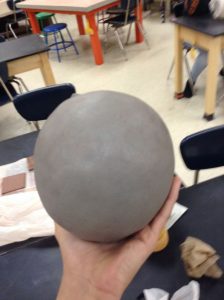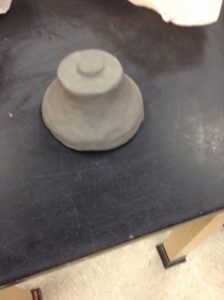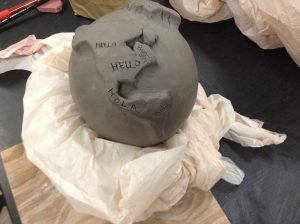Blog Post 3: Artists solve problems and artists plan
For my new project I am going to create an exposed coiled vase. The planning method for my coiled vase was first the shape of the vase. I went through many ideas, like making it either tall and not as wide or short and wide. Also how it curves, do I want a sharp change or a slight change. So after making the sketches, I decided on a 7 inch to 4 in wide vase. The curves are going to be a slight change instead of a sharp inward change. The design on the other hand was more complicated. I needed to find a way to make a design, and second actually be able to support the design. I decided to make it based off of spirals. When I did my first design it had too many designs that would not have been supported. So I decided to just do a spiral design and in between them I will put little balls for them. I also wanted to different spiral sizes starting out with a middle – small- large. as I build up the layers I planned to make a coil not only for a design purpose but for support between the different spirals. Also in order to make sure I was following my vase’s shape, I had to create a template.

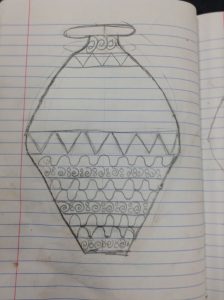

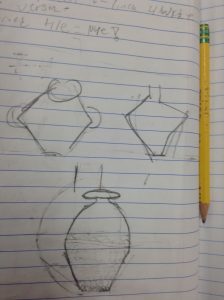
When I was making the different spirals I ran into many problems. The first one was making sure that when I was coiling the spirals were the same thickness. Then when I went to make them into spirals, they would always crack. So a solution was that I would spray the coil with water, then roll it. Quite frankly, it did work. Then when I went to put the spirals on by base they were not secure. So I then created little clay balls in order to help hold the spiral together. Then I went and added more slip and scraped the area where I would be putting the clay in order to securely fasten it. Also when I was placing the spirals around each other I decided to put a coil between the different level in order to more securely fasten the spirals

